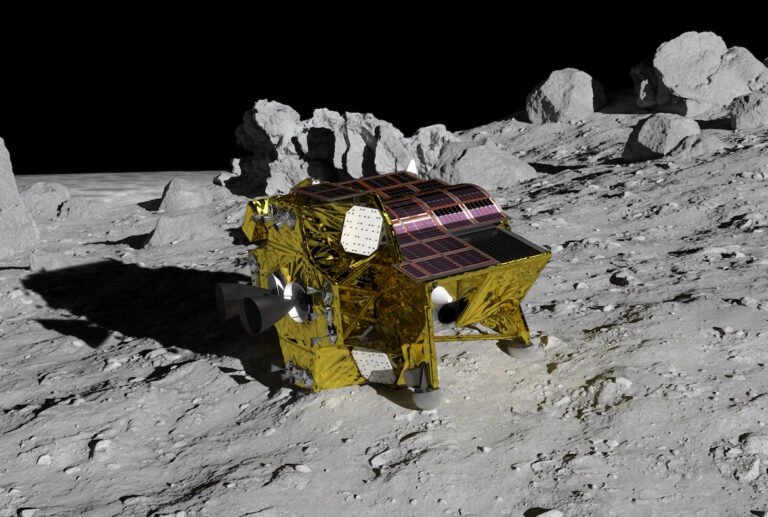
Japan’s first lunar lander has officially powered down on the moon after its solar cells were unable to generate electricity, though the nation’s space agency said there is a possibility of turning things around when the direction of the sun’s rays change.
Japan made history last week when its lander, called Smart Lander for Investigating Moon (SLIM), successfully touched down on the moon’s surface last week.
Shortly after landing, directors of the mission explained that while the soft landing was a minimal success, the spacecraft’s solar cells were not generating power.
“According to the telemetry data, SLIM’s solar cells are facing west,” the Japan Aerospace Exploration Agency (JAXA) said in the update.
Japan can count a handful of other major wins in the mission, even if the solar cells never manage to charge up sufficiently for a recovery operation.
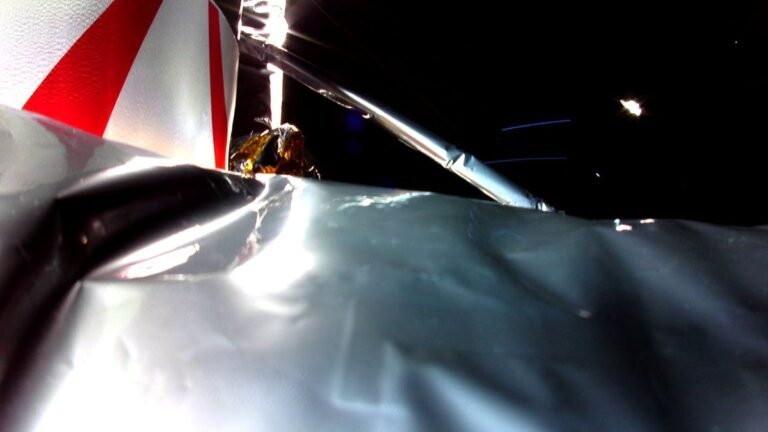
Astrobotic’s lunar lander will be reentering Earth’s atmosphere over a remote part of the South Pacific Ocean tomorrow afternoon, bringing to a close the failed moon landing mission.
Pittsburgh-based Astrobotic has been providing frequent updates on the Peregrine lunar lander since it launched on United Launch Alliance’s Vulcan Centaur on January 8.
The source of the anomaly was an ongoing propellant leak, which were preventing Peregrine from pointing its solar arrays at the sun.
But by the time it reenters the atmosphere tomorrow, Peregrine will have operated in space for over ten days.
Due to the propellant leak, Astrobotic said it had devised a two-step process to maneuver the spacecraft to the projected trajectory for reentry.

Valves play a critical role in the spacecraft’s architecture, regulating the flow of pressurents like helium and propellants.
“There’s a thousand different ways you can make a valve unhappy,” said Jake Teufert, CTO of Benchmark Space Systems, a Vermont-based startup developing propulsion systems for spacecraft.
Valves must also have ultra-low leakage requirements; Teufert said that some valves have allowable leakage rates equivalent to leaking only one gram of helium over the course of 200 years.
Engineers run spacecraft through a host of tests on the ground, but the flight environment can only be matched to an extent, Teufert explained.
But adding two valves (or any additional subcomponents) can create whole new failure modes that you would never have with one valve.

United Launch Alliance’s Vulcan Centaur rocket has been rolled to the launch pad at Cape Canaveral Space Force Station ahead of its early Monday morning launch, a mission that could end with the first fully private spacecraft landing on the moon.
Vulcan’s primary payload is Astrobotic’s Peregrine lunar lander.
The two companies had been targeting a Christmas Eve launch, but ULA decided to postpone due to ground system issues.
“We are ready for launch, and for landing.”ULA and Pittsburgh-based Astrobotic are not the only firms with much riding on Monday’s launch.
That program, Commercial Lunar Payload Services (CLPS), has collectively doled out hundreds of millions to spur private development of moon landers.
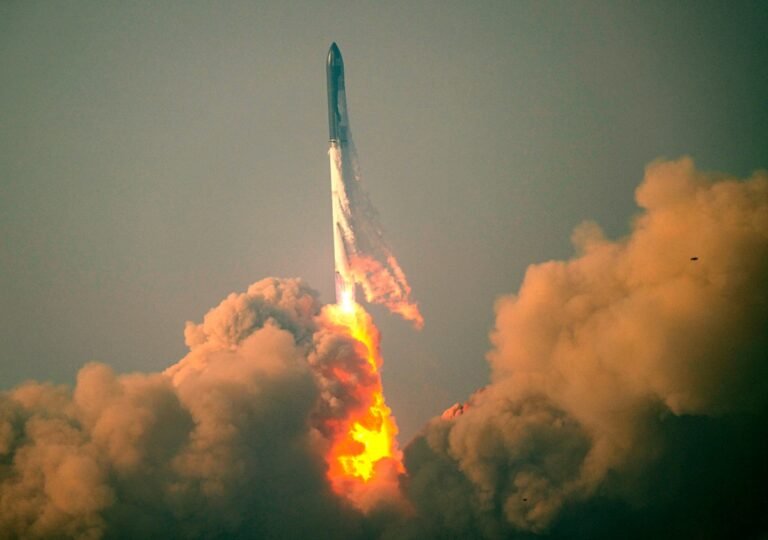
This year was tough for many space companies, and we aren’t trying to paper that over with our optimism.
Advanced satellite operations demonstrationsIn the broadest possible terms, a huge portion of space startups are interested in increasing the number of things a satellite can do in space.
Another hot area of satellite operations involves in-space manufacturing and satellite reentry.
Next year, we expect to see more demonstrations from startups looking to execute state-of-the-art satellite operations.
2024 should be chock full of exciting tests and new developments from other companies looking to take their slice of the launch market.
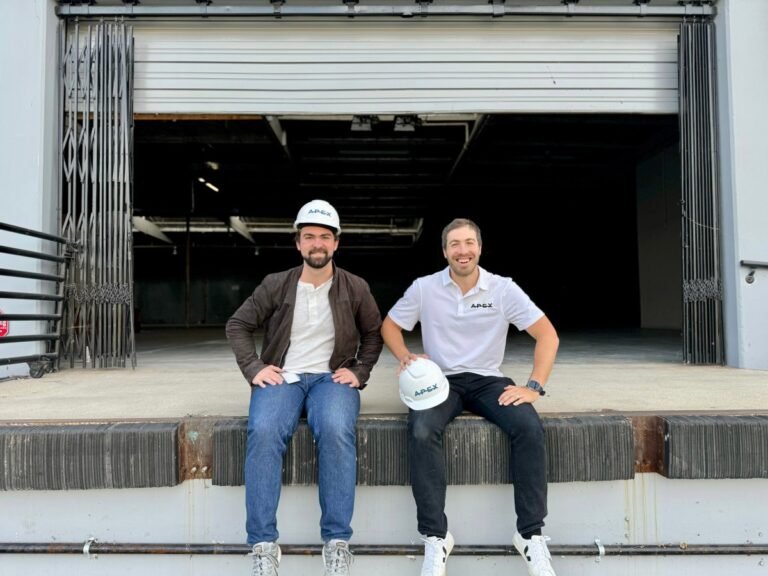
When Apex Space emerged from stealth last October, the company had a provocative goal: remove the “new bottleneck” hitting the space industry by manufacturing satellite buses at scale.
To get there, Apex announced today that it has opened a new headquarters and production facility in California that will eventually scale up to manufacture 50 satellite platforms annually.
Apex wants to disrupt one of the more entrenched parts of the space industry.
In general, satellite buses have been built to order at a very high cost and with very long lead times.
Apex is planning on flying its first Aries on SpaceX’s Transporter-10 ride-share mission scheduled for the first quarter of next year.

Amazon’s Project Kuiper successfully validated key technology that will increase throughput and reduce latency for customers using its satellite internet service, the company said Thursday.
That technology is called “optical inter-satellite links” (OISL), a type of optical communication that uses infrared lasers to send data between spacecraft on orbit.
OISL has been around for a while to enable inter-satellite communications, but earlier generations were limited to linking just two satellites at a time.
Kuiper’s satellites will be able to connect with many other spacecraft simultaneously, which will form a mesh network in space.
“With optical inter-satellite links across our satellite constellation, Project Kuiper will effectively operate as a mesh network in space,” Kuiper VP of technology Rajeev Badyal said in a statement.
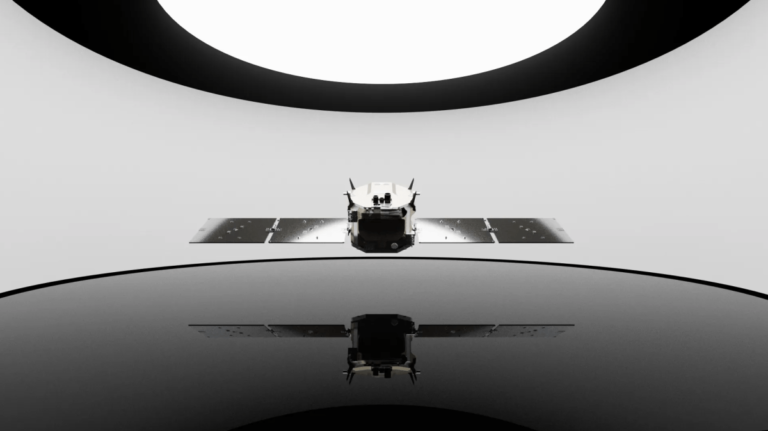
True Anomaly has closed $100 million in new funding, a strong signal that the appetite for startups operating at the intersection of space and defense is far from abating.
The new round was led by Riot Ventures, with participation from Eclipse, ACME Capital, Menlo Ventures, Narya, 645 Ventures, Rocketship.vc, Champion Hill Ventures and FiveNine Ventures.
True Anomaly is looking to fill a critical gap in space situational awareness and defensive operations through software and hardware, including the line of autonomous spacecraft capable of rendezvous and proximity operations.
In previous interviews with TechCrunch, True Anomaly CEO Even Rogers called out what he sees as a critical “information asymmetry” between the U.S. and its adversaries in space.
Jackal, Mosaic and the company’s other work in space domain awareness are meant to close that gap.











